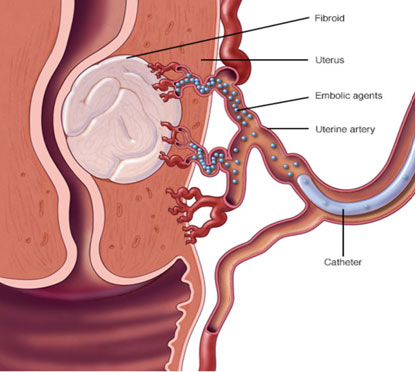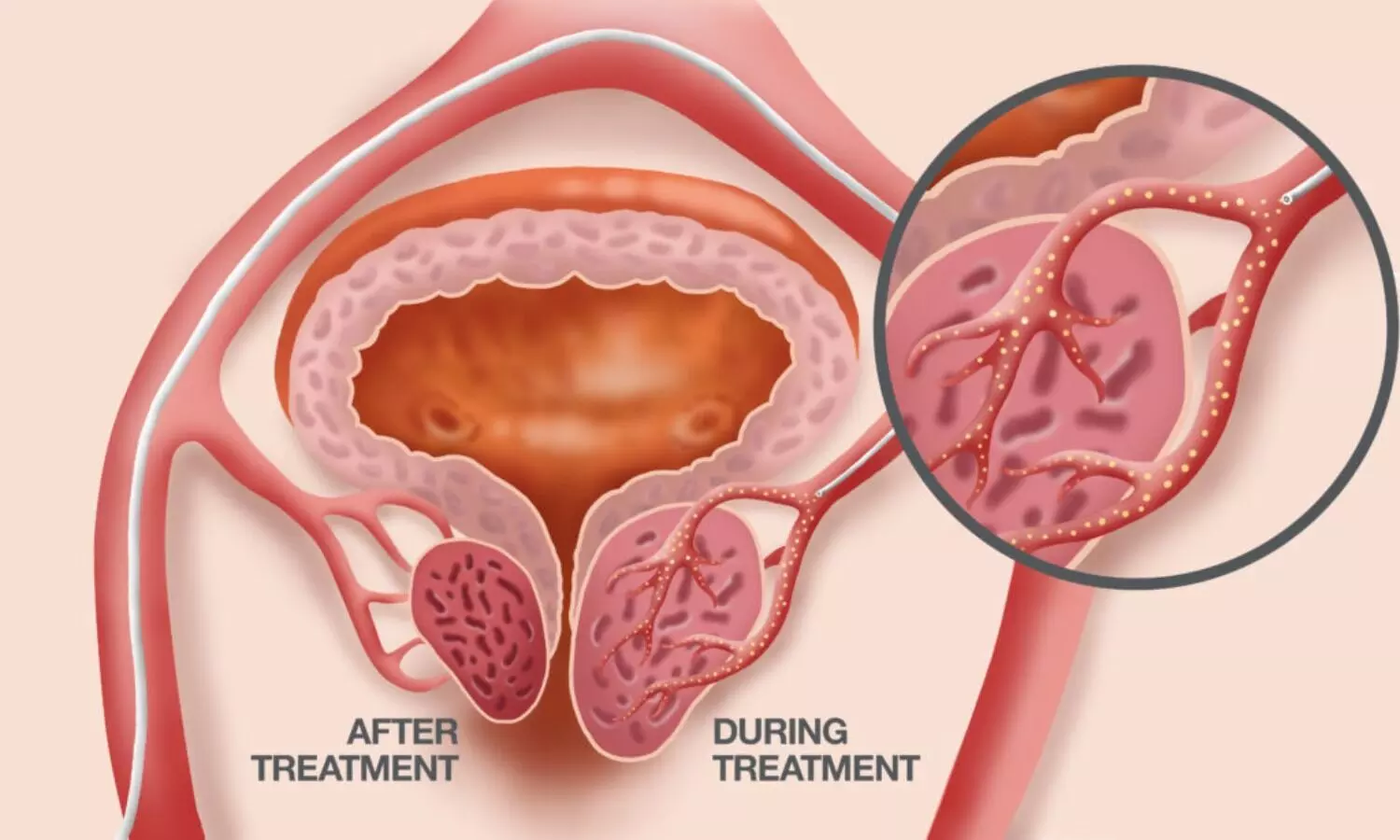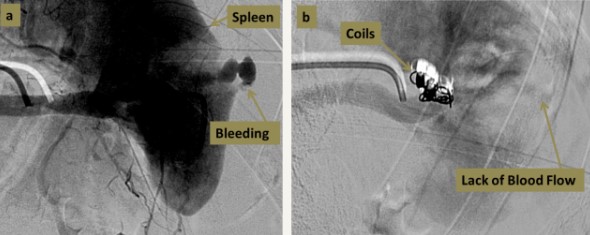Embolisation
Embolization is a critical medical procedure used to treat various conditions by blocking blood vessels.

Embolization, or endovascular embolization, is a minimally invasive medical procedure that blocks blood flow to specific areas by introducing embolic agents into blood vessels.
Applications
Aneurysms: Dr. Konika Chaudhary highlights its role in treating aneurysms, reducing the risk of rupture.
Tumor Management: Emboilization complements cancer treatments by cutting off blood supply to tumors.
Bleeding Control: It’s crucial in emergencies, rapidly stopping uncontrolled bleeding.
Vascular Malformations: Emboilization improves the quality of life for patients with vascular malformations.

Benefits
Minimally Invasive: Small incisions, shorter recovery times, and reduced infection risk.
Precision: Precise targeting minimizes damage to surrounding tissue.
Versatility: Adaptable to various medical conditions.

Risks
While generally safe, there are potential risks, including infection, allergic reactions, tissue damage, and blood vessel injury. Discuss these with your healthcare provider.
Conclusion
Emboilization, with insights from Dr. Chaudhary, offers precise and versatile treatment options for various conditions. Consult with a healthcare provider to assess its suitability for your medical needs.
Frequently asked questions (FAQs) about UAE
Emboilization is primarily used to block or reduce blood flow to specific areas of the body. This procedure is employed to treat conditions such as aneurysms, tumors, uncontrolled bleeding, and vascular malformations, ultimately improving patient health and quality of life.
Emboilization is a minimally invasive procedure, involving small incisions and the introduction of embolic agents into blood vessels, while traditional surgery typically requires larger incisions and more extensive tissue manipulation. Emboilization often results in shorter recovery times and reduced infection risk compared to open surgery.
While generally safe, emboilization can carry risks such as infection, allergic reactions to embolic agents, damage to surrounding tissues, and blood vessel injury. It’s essential for patients to discuss these potential risks with their healthcare provider before undergoing the procedure.
Yes, emboilization can be used in conjunction with other medical treatments. For example, in cancer cases, it may complement chemotherapy or radiation therapy by reducing the blood supply to tumors, enhancing overall treatment effectiveness.
Recovery times can vary depending on the specific condition being treated and the patient’s overall health. However, emboilization often allows for a quicker recovery compared to traditional surgery. Some patients may be able to return to their normal activities within a few days, while others may require a longer recovery period. It’s essential to follow your healthcare provider’s post-procedure instructions for the best outcomes.
Get One Step Ahead Of Disease
Subsribe To Our Newsletter
Stay in touch with us to get latest news and special offers.
Address
Shekhar Sarraf Memorial Hospital, Aligarh
Call Us
+91-9548752611
Email Us
info@drkonika.com
